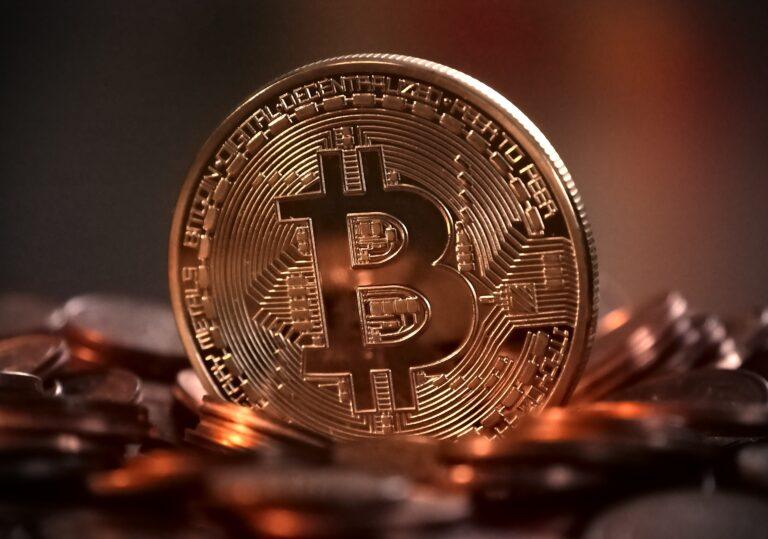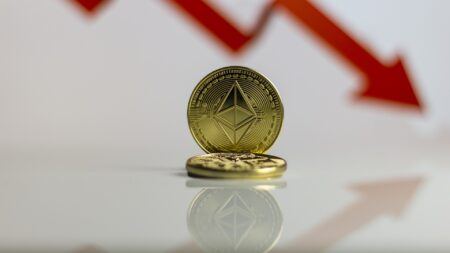Cryptocurrency exchanges are undoubtedly one of the main pillars of the cryptocurrency industry. They let new users buy crypto directly and bridge the gap between the traditional financial world and this nascent space.
Exchanges are now evolving to further serve users as the free market is forcing them to add new services to woo the competition and ensure they have good positioning in the market.
The first cryptocurrency exchanges to exist were rather simple: some simply connected users looking to conduct peer-to-peer trading, while others offered spot trading pairs for the top cryptoassets: bitcoin, ether, litecoin, and so on.
Over time, however, the cryptocurrency exchange landscape evolved as the market matured. To cement their positions exchanges are now adding new services on a regular basis and innovating with various products. One of the most widely-adopted ones is the exchange token.
Cryptocurrency exchanges like Binance, OKEx, KuCoin, CoinEx, and more have already launched their own token. Token holders received benefits from using the exchange, and these benefits can often come in the form of revenue share.
CryptoDiffer, a project review and trading website, noted that last month OKEx’s OKB token was the top gainer among exchange tokens, as the competition between exchanges intensifies.
Exchange tokens price comparison 1st October to 1st November.
Top gainers are $OKB, $KCS, $BNB, $HT and $MXC.
Prices are taken from @CryptoRank_io pic.twitter.com/VYuom5gECl
— CryptoDiffer (@CryptoDiffer) November 1, 2019
New Services and Innovations
These tokens are, in a way, a window into the innovations cryptocurrency exchanges are making and into how they are performing in terms of trading volumes, regulatory compliance, future prospects, and more.
Investors price the tokens according to the advantages they get by holding them, and according to the potential future gains they may see. The market is effectively helping users know where it may be safer to trade.
OKEx’s OKB likely saw its value surge in October thanks to an announcement from the cryptocurrency exchange detailing there are 14 new use cases for the token, including in network security, financial services, and lifestyle services.
In this case, competition between exchanges directly helped improve cryptocurrency adoption and grow the space. Moreover, OKEx Pool, mining pool of OKEx, which supports both proof-of-work and proof-of-stake cryptos, has been supporting the EOS community. As CryptoGlobe reported, it vowed to maintain the network’s stability via a stable block production.
The new services being offered also including staking, allowing users to stake cryptocurrencies like TRON’s TRX, EOS, and Tezos (XTZ) on exchanges, without needing any technical knowledge. Lending top cryptoassets such as BTC, ETH, and LTC to gain interest is now also part of the offering on various exchanges. OKEx’s ecosystem supports both, contributing to OKB’s performance.
Decentralized Exchanges
The first decentralized exchanges were launched on the Ethereum blockchain. Their native cryptocurrency was ether, which could be used to buy the various ERC-20 tokens in existence. Cryptocurrency exchanges are now, through their tokens, launching their own blockchain.
This means they can also launch decentralized exchanges on them, as well as various other decentralized applications. Using OKEx’s example, the firm has launched OKChain and one of the first decentralized applications it’s looking to launch is a decentralized exchange called OKDEX, allowing users to trade from their wallets without going through KYC or even registering.
It’s worth noting decentralized cryptocurrency exchanges aren’t too popular in the space for the time being, because using them isn’t as easy as it is using centralized exchanges, and the support they offer is often limited.
Cryptocurrency exchanges offering these platforms as an alternative are likely investing resources to make the user experience easier, and to avoid any potential loss of funds. Exchanges such as the Ethereum-based IDEX have to some extent, improved the experience when compared to the first decentralized exchanges.
What to Expect in the Future
As competition in the crypto exchange space keeps heating up, there are some key trends to look to in the future. The staking and lending trend is likely going to gain more and more traction, although only highly trusted platforms are going to gain users through this offering.
Another trend that may keep growing is that of profit-sharing schemes. Some firms distributed their revenue to token holders as encouragement, while others may distribute some of these profits according to trading volumes to offset fees.
Finally, in a bid to encourage cryptocurrency adoption, new trading baskets of various cryptocurrencies are to be expected. If exchange A can offer investors exposure to a specific sector via its basket, it may acquire some new users. Basket using cryptocurrencies that can be used for lending and staking may even give investors a yearly return.
Featured image via Pixabay









